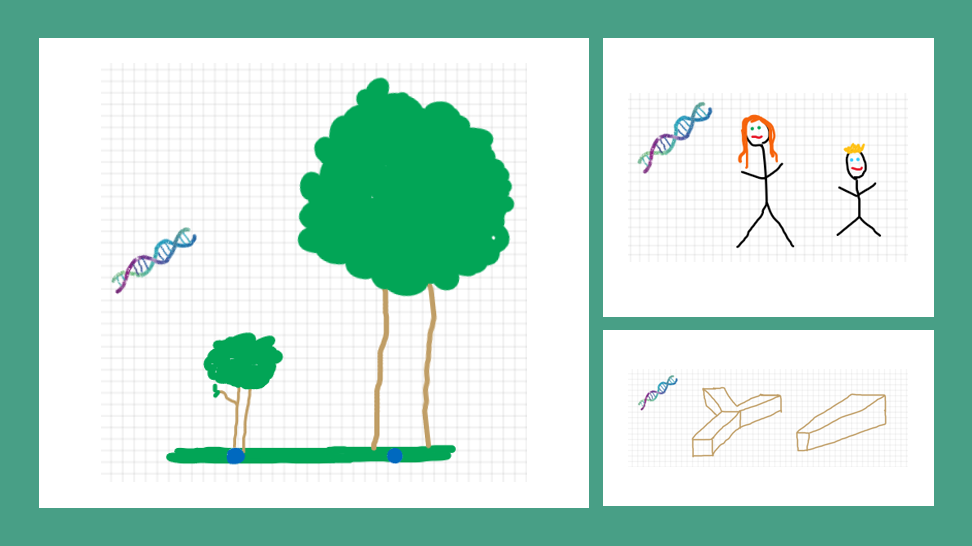A gene is the basic physical and functional unit of heredity.
U.S. National Library of Medicine
Genes consist of coding and non-coding regions that provide instructions to the cells during the development of the organism. Small variations in the genes can affect how an organism grows and develops.
Genes can be passed down from generation to generation, this is called inheritance. The information (size, shape, topology, and colour, etc.) of an entity in the current generation can be inherited into the next generation without change.
However, not all genes inherited stay the same. Genes can be altered or changed either by random or some evolutionary feat. Mutation is when the information (gene form and/or gene value) of an entity changes, leading to different variants in the growth process.
How does this relate to design systems?
If a gene is the physical and functional unit in cells that controls the development of an organism then within Biohaviour a gene can be a parameter, string or binary value in a design system that provides a particular piece of information to the design system.

Design genes act as instructions to allow structures to emerge during the process of design growth within a given engineering environment.
Design Gene Representations for Emergent Innovative Design
Next in Design Genes
With the understanding and definition of what a design gene now is, the next part in the series will introduce how Biohaviour structures a design gene. Read Part 2 now.
